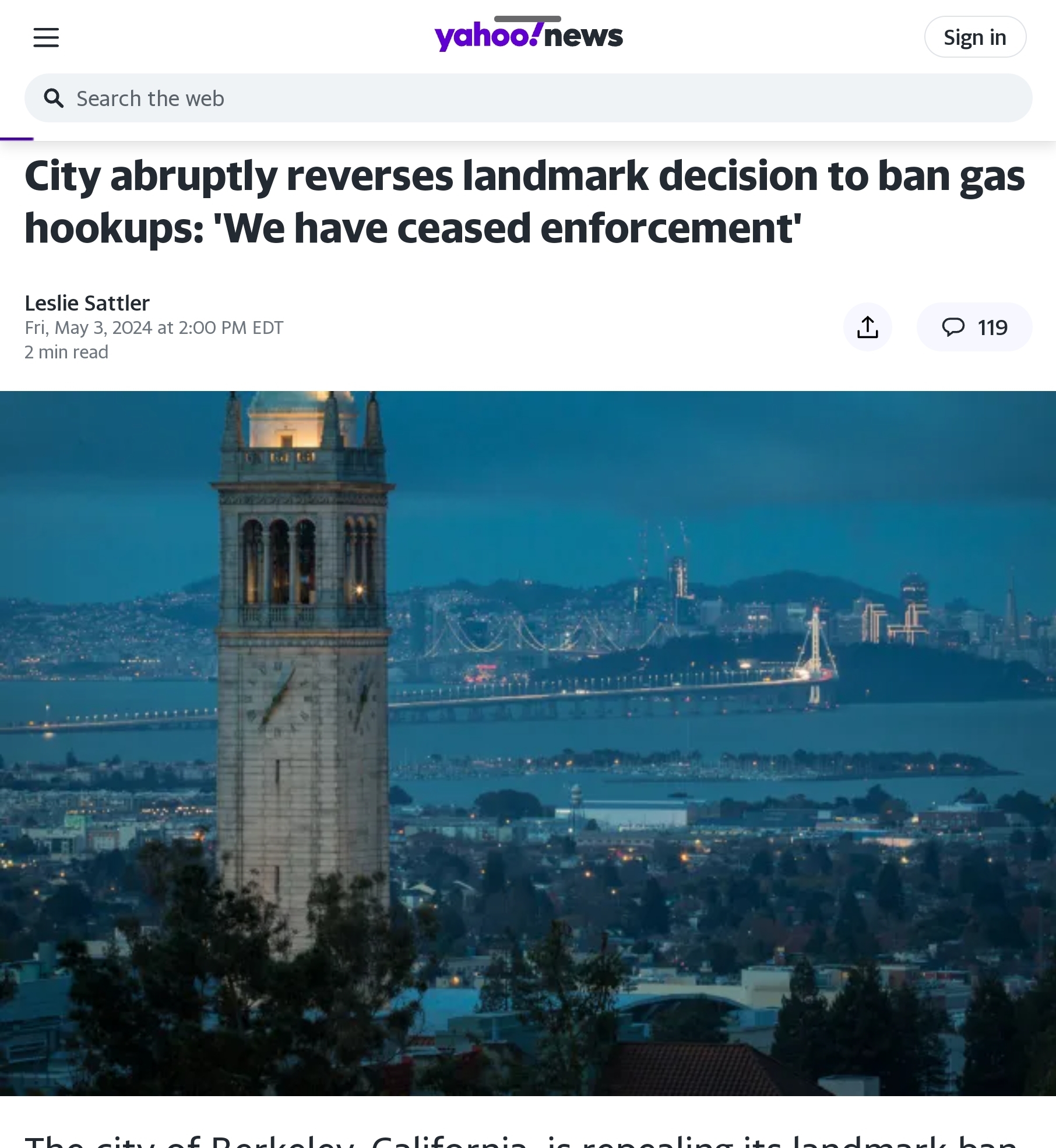To the Editor, New York Times:
The Times’ campaign to prop up the faltering hypothesis that industrial gasses have led to catastrophic climate change reached a nadir with a news article (February 28: Study of Ice Age Bolsters Carbon and Warming Link) implying that an increase in global carbon dioxide levels 20,000 years ago caused the end of the ice age, beginning the 20 degree rise in global temperature since then. The causality, of course, is in the other direction: every 100,000 years for many millions of years the earth has gone through a 20-degree temperature cycle that is perfectly correlated with the change in earth’s orbit around the sun from circular to five percent elliptical. In the middle of these cycles it is well-known that changes in temperature and carbon dioxide reinforce each other, but at the extremes, it is the reversal in temperature that drags carbon dioxide along with it.
The mechanism through which the change in orbit works its magic is poorly understood, because the warming power of such an orbital shift is insufficient to trigger such a reversal in temperature. But it is certain that the seas and land begin to release their stored carbon dioxide in response to this mechanism during ice ages, and to absorb it from the atmosphere at the high end of the cycle, which happens to be at the present day. In contrast, there is no posited mechanism by which carbon dioxide suddenly decides to lift itself out of or dump itself into its sinks all on its own, reversing the runaway rise or decline in temperature.
Unlike the news article, the study in the March 1 issue of Science cited by the Times is exploratory, careful, and thoughtful. It focuses on one geographic region to study the time lag between increases in temperature and carbon dioxide. It uses new techniques to estimate that the time lag could be quite small, but notes that both increases in that region could have been responses to changes already underway elsewhere on the planet. And it most certainly does not make former vice president Gore “right” in the misleading segment of his well-known climate talk in which he implies that because temperature and carbon dioxide “go together” we are soon due for an explosion in temperature from increases in industrial carbon emissions, rather than the inevitable decline the elliptical cycle tells us is on the way over the next 80,000 years.
Caleb S. Rossiter
Adjunct professor, Department of Mathematics and Statistics and School of International Service, American University
#
Related Links:




